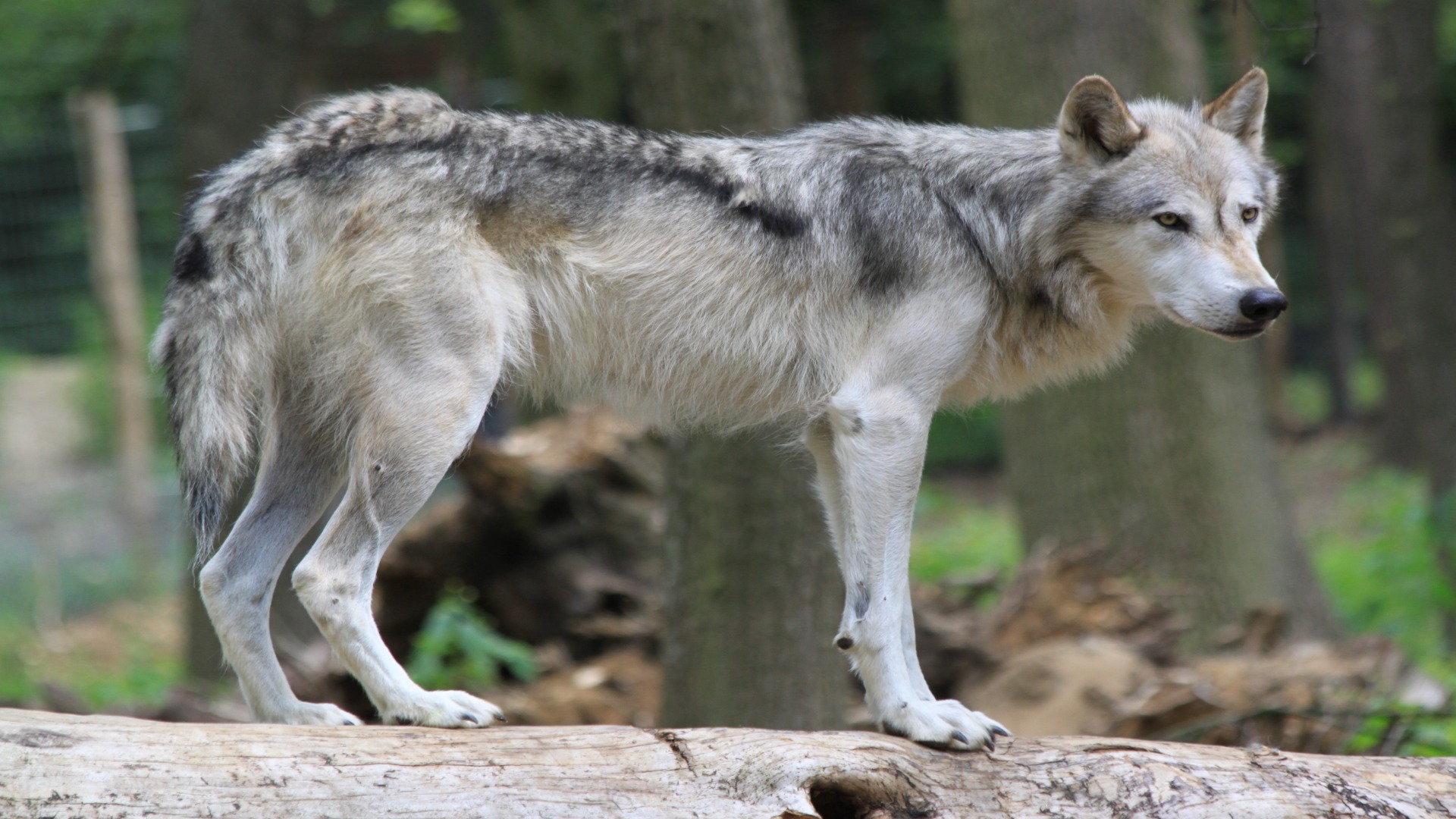The howl of a wolf echoing through the valleys of America’s national parks is more than just an evocative sound of wilderness—it represents one of conservation’s greatest comeback stories. After decades of absence due to systematic eradication programs, wolves have made a remarkable return to several of our nation’s most treasured landscapes. This revival wasn’t merely a matter of nature taking its course; it required deliberate planning, scientific insight, and shifting cultural attitudes toward predators.
The reintroduction of wolves to national parks like Yellowstone has become an exemplary case study in ecological restoration, demonstrating how a single species can transform entire ecosystems. From controversial beginnings to measurable ecological benefits, the story of wolves’ return reveals both the challenges and triumphs of modern conservation efforts in an increasingly complex world.
The Historical Persecution of Wolves in America
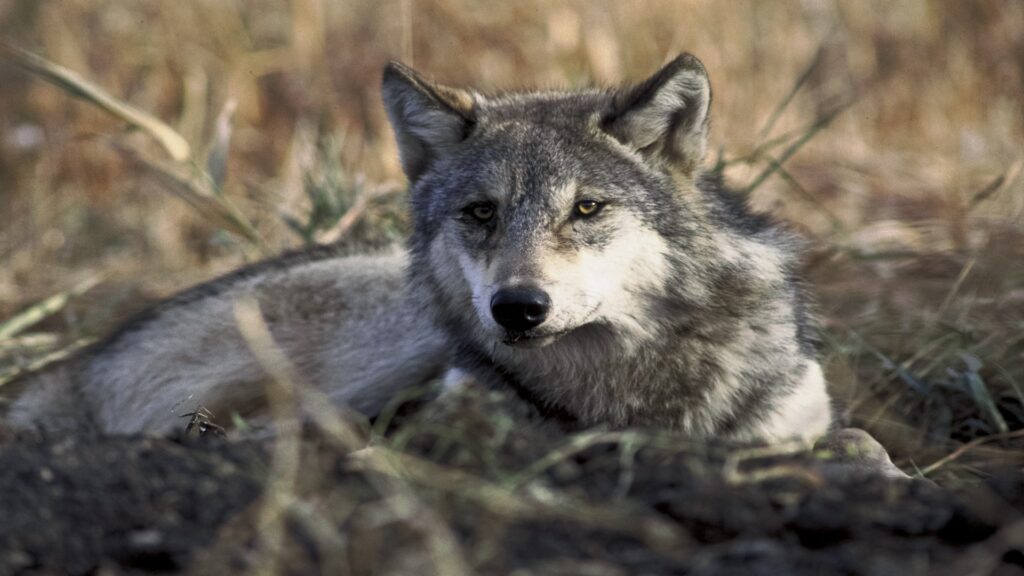
Wolves once roamed freely across North America, serving as apex predators in diverse ecosystems from forests to prairies. By the early 20th century, however, government-sponsored eradication programs, bounty hunting, and habitat loss had decimated wolf populations across the United States. In many western states, these campaigns were particularly aggressive, driven by the livestock industry’s concerns and deeply entrenched cultural fears about wolves.
Yellowstone National Park, established in 1872, lost its last wolf packs by the 1920s, creating a predator-free zone that would dramatically alter the park’s ecological balance for decades. This systematic removal represented not just the loss of a species but a fundamental disruption to ecological processes that had evolved over thousands of years, highlighting how deeply human values can shape natural landscapes.
The Ecological Void Left by Wolf Extirpation
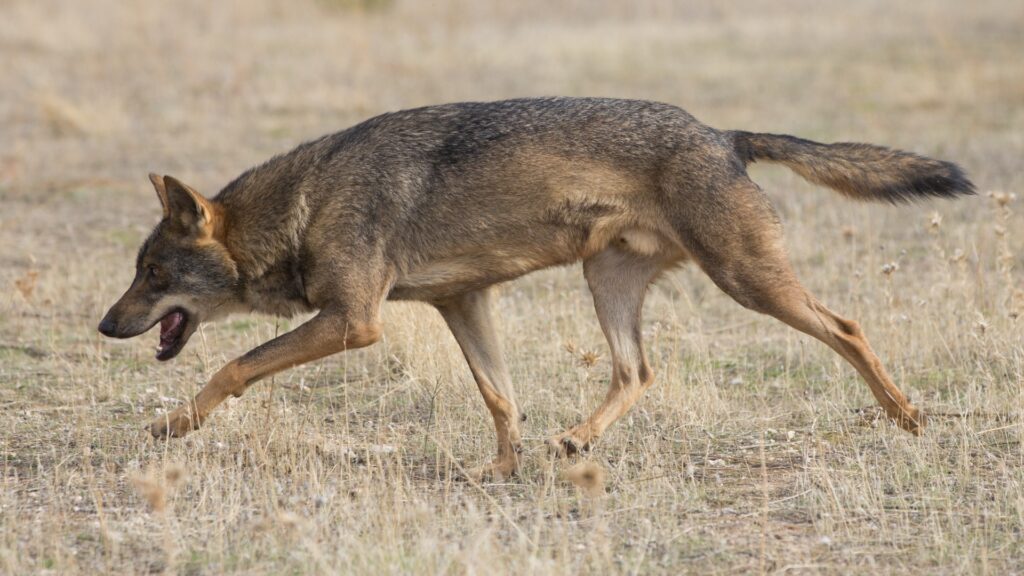
The absence of wolves from national parks created cascading ecological effects that scientists began documenting with increasing concern. Without their natural predator, elk populations in places like Yellowstone exploded, leading to overgrazing of sensitive vegetation, particularly along riverbanks and in meadows. Aspen, willow, and cottonwood trees failed to regenerate as young shoots were continuously browsed, affecting habitat for countless other species from beavers to songbirds. Stream banks eroded without stabilizing vegetation, altering water quality and aquatic habitats.
These changes demonstrated the concept of “trophic cascades”—how” the removal of a top predator can transform an entire ecosystem from the top down. The absence of wolves had essentially reshaped the physical landscape of these protected areas, providing a clear example of how predators help maintain ecological complexity and resilience.
The Scientific Case for Wolf Reintroduction
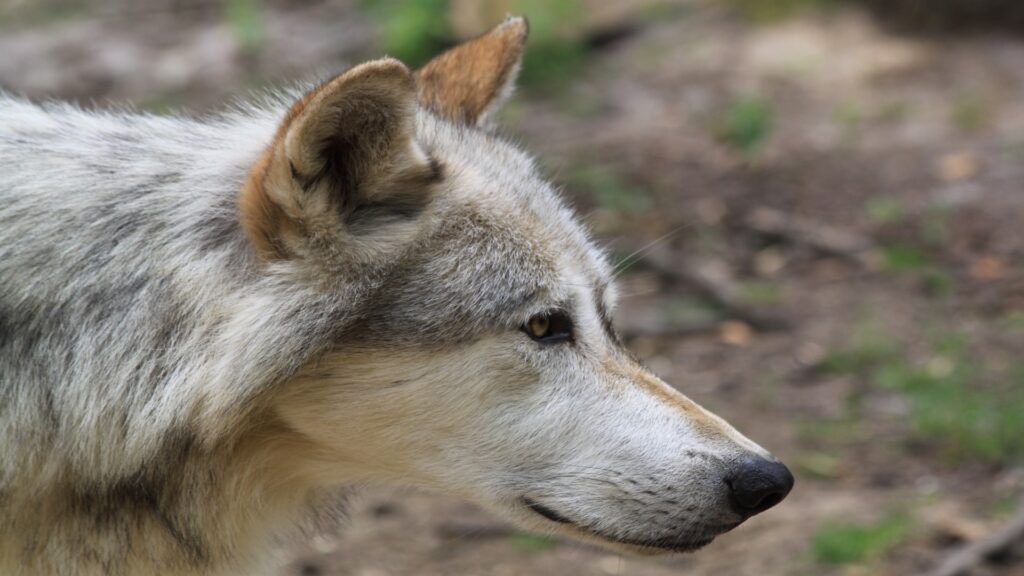
By the 1970s, ecological understanding had evolved significantly, with scientists recognizing the vital role of predators in maintaining healthy ecosystems. Research increasingly highlighted wolves as “keystone” species”—organisms with disproportionately large effects on their environment relative to their abundance. Ecologists argued that restoring wolves could potentially reverse many of the cascading ecological impacts observed in their absence. The passage of the Endangered Species Act in 1973 provided legal protection for wolves and a framework for recovery efforts.
Detailed environmental impact studies conducted throughout the 1980s and early 1990s weighed potential benefits against concerns, creating a scientific foundation for reintroduction initiatives. These studies represented a turning point in conservation philosophy, moving from simply preserving scenic landscapes to restoring ecological processes and functionality within protected areas.
Yellowstone’s Historic Wolf Reintroduction
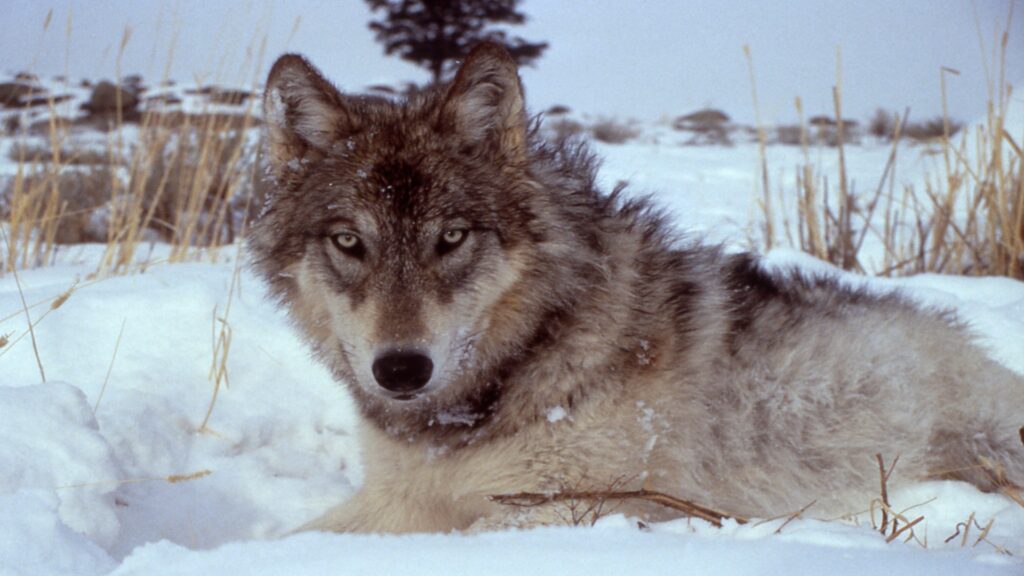
The watershed moment came in January 1995, when the first wolves were released into c after a 70-year absence. Fourteen wolves from Canada were transported to acclimation pens within the park, with an additional 17 wolves released the following year. These initial releases represented years of planning, public debate, and scientific assessment. The wolves were fitted with radio collars to allow scientists to track their movements, reproduction, and impacts on the ecosystem.
For many wildlife biologists, watching these wolves take their first steps into Yellowstone represented a career-defining moment and a vindication of ecosystem management principles. The Yellowstone reintroduction would become the most closely studied predator restoration project in history, providing unprecedented insights into how ecosystems respond to the return of a keystone species.
The Remarkable Ecological Recovery
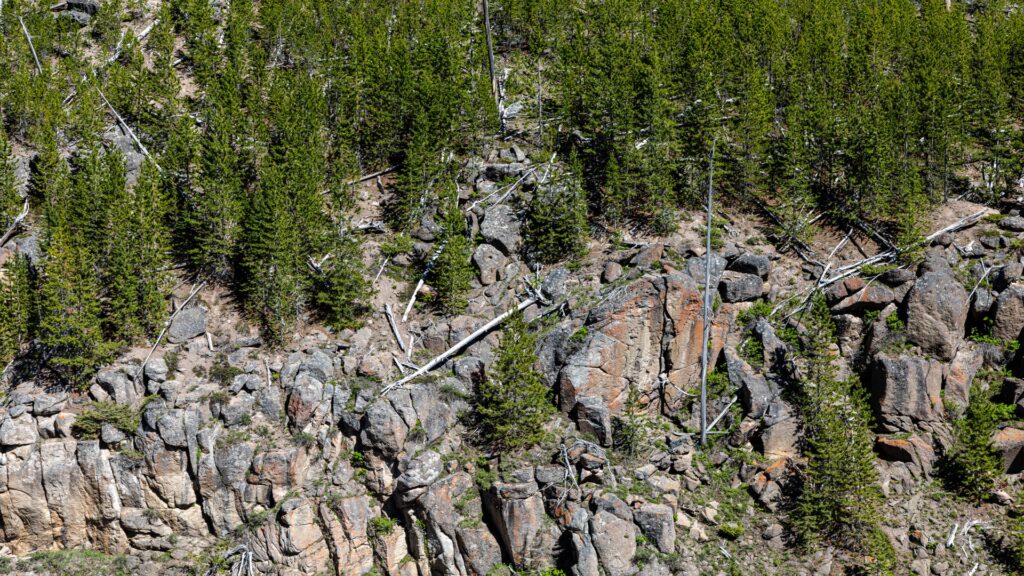
Within just a few years of wolf reintroduction, scientists began documenting remarkable changes throughout Yellowstone’s ecosystem. Wolves immediately impacted elk behavior, forcing these herbivores to become more vigilant and mobile, reducing their browsing pressure in certain areas, particularly river valleys. Aspen and willow stands began to regenerate in riparian zones where they had been suppressed for decades. The return of these tree species created habitat for songbirds and building materials for beavers, whose dams then created wetland environments supporting amphibians, fish, and waterfowl.
Even the physical geography of the park began changing, with more stable stream banks and altered river courses. This phenomenon, known as a “trophic cascade,” demonstrated how the influence of wolves extended far beyond their prey, effectively transforming the entire ecosystem through direct and indirect effects that continue to unfold today.
Wolf Recovery in Other National Parks
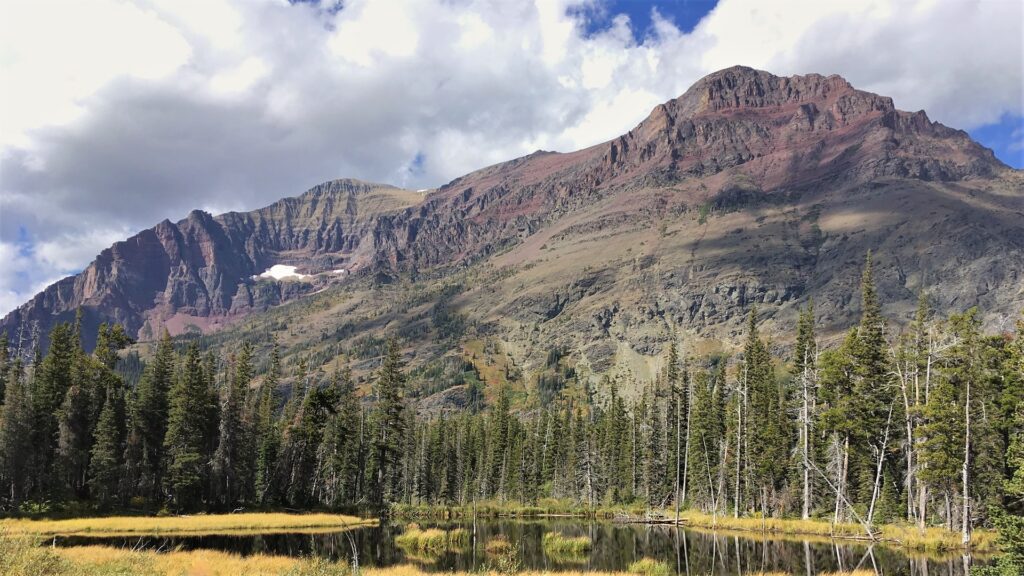
While Yellowstone represents the most famous wolf reintroduction, other national parks have experienced natural wolf recovery or supported reintroduction efforts. In Glacier National Park, wolves naturally returned in the 1980s by migrating from Canada, establishing territories and packs without human intervention. Isle Royale National Park in Lake Superior has a unique wolf population that has been intensively studied for decades, with new wolves recently added to address genetic concerns from inbreeding.
In Olympic National Park, discussions about potential wolf reintroduction continue as scientists evaluate the ecological benefits and challenges specific to that ecosystem. Grand Teton National Park has benefited from the expanding Yellowstone wolf population, with packs establishing territories that span both protected areas. Each of these recovery stories reflects the specific ecological and social context of the region, demonstrating that wolf conservation must be adapted to local conditions.
Wolves as Ecosystem Engineers
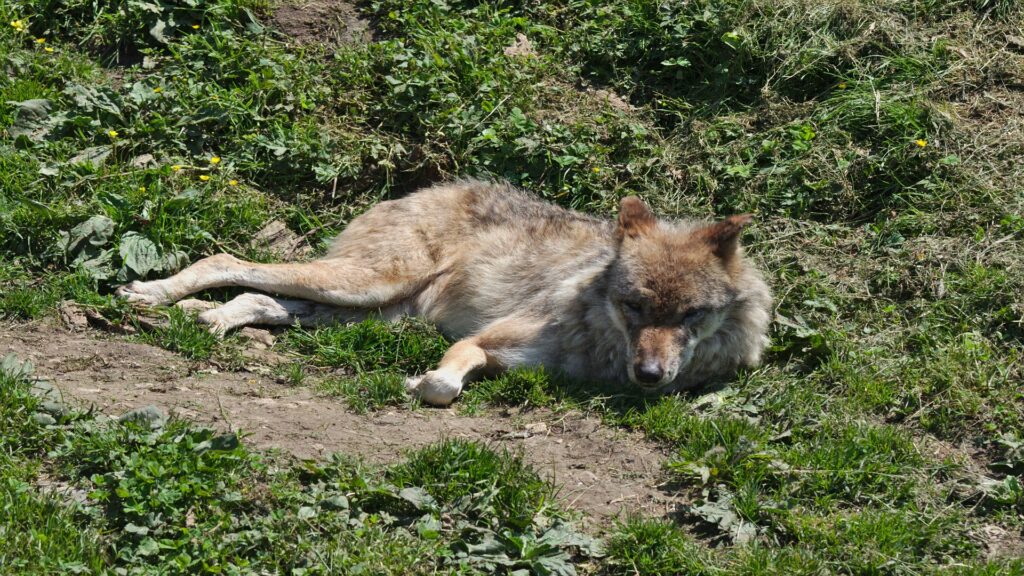
The term “ecosystem engineers” perfectly captures wolves’ outsized influence on their environments through both direct and indirect pathways. By controlling elk and deer populations, wolves reduce browsing pressure on vegetation, allowing for the recovery of plant communities that support countless other species. Their kills provide essential food for scavengers ranging from bears and eagles to ravens and smaller mammals. Wolf-killed carcasses even redistribute nutrients across the landscape, enhancing soil fertility in certain areas.
Perhaps most surprisingly, research has shown that wolf predation on coyotes has benefited small mammal populations, which in turn support more diverse predator communities. The presence of wolves has even influenced the physical structure of rivers and streams, as recovering vegetation stabilizes banks and changes water flow patterns. These interconnected effects demonstrate how a single species can shape virtually every aspect of an ecosystem.
Public Perception and Changing Attitudes
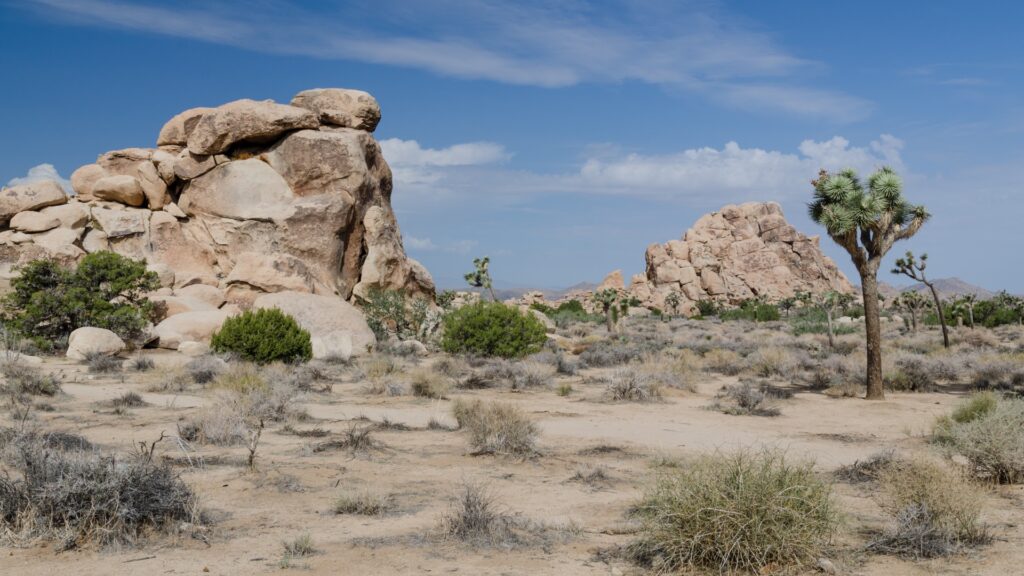
Public attitudes toward wolves have undergone a remarkable transformation over the past century, though significant divisions remain. Early European settlers brought deeply entrenched cultural fears of wolves, reinforced by stories like Little Red Riding Hood and Three Little Pigs. By the late 20th century, ecological awareness began shifting perceptions, with wolves increasingly viewed as symbols of wilderness and ecological integrity. Tourism centered on wolf watching has become an economic driver in communities surrounding Yellowstone, generating millions in revenue annually as visitors hope to glimpse these elusive predators.
Educational programs in national parks have played a crucial role in this transformation, helping visitors understand wolves’ ecological significance rather than viewing them through the lens of myth and fear. Nevertheless, tensions persist, particularly in ranching communities concerned about livestock predation, illustrating how wildlife conservation often navigates complex social and cultural landscapes.
Challenges and Controversies
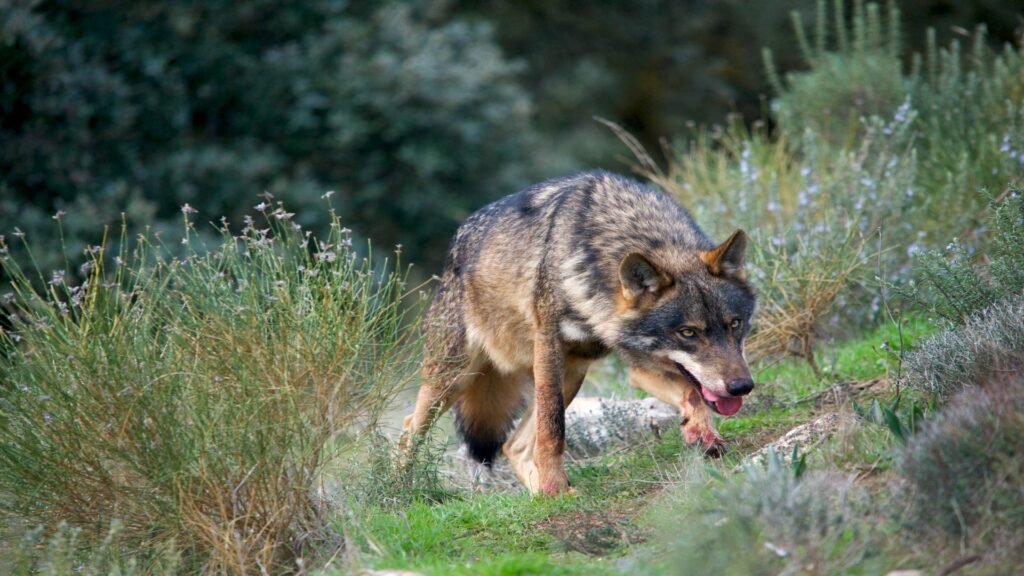
Despite conservation successes, wolf recovery remains contentious in many regions surrounding national parks. Livestock predation, though statistically rare and often preventable through non-lethal methods, creates economic hardship for individual ranchers and fuels opposition to wolf presence. Hunting interests sometimes perceive wolves as competitors for elk and deer populations, despite research showing complex relationships between predators, prey, and hunting opportunities. Political battles over wolf management have swung dramatically with changing administrations, with wolves repeatedly listed and delisted from endangered species protections.
Indigenous perspectives, which often include deep cultural connections to wolves, have frequently been marginalized in these debates despite representing some of the oldest wisdom about coexistence with predators. These ongoing controversies demonstrate that successful ecological restoration must address not just biological factors but also complex social, economic, and cultural dimensions.
Scientific Monitoring and Research Breakthroughs
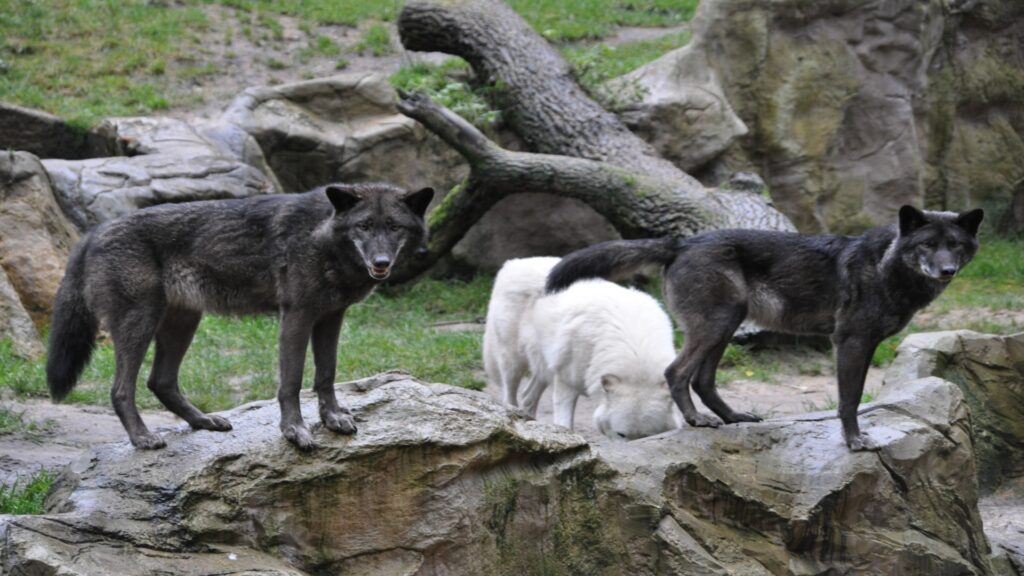
The return of wolves to national parks has created unprecedented opportunities for scientific research, generating insights that extend far beyond wolf biology. Long-term monitoring programs in Yellowstone have tracked individual wolves and packs for over 25 years, creating one of the world’s most comprehensive datasets on predator-prey dynamics in a natural system. GPS collar technology allows researchers to document wolf movements with extraordinary precision, revealing complex territorial behaviors and hunting patterns previously impossible to observe. Genetic sampling has illuminated wolf family structures, inbreeding dynamics, and gene flow between different populations across the landscape.
Perhaps most significantly, research on wolves has fundamentally transformed ecological understanding of trophic cascades, inspiring studies of predator effects in ecosystems worldwide. The scientific knowledge generated from wolf reintroduction represents an invaluable resource for conservation efforts globally, demonstrating how restoration projects can simultaneously advance ecological science.
Economic Benefits of Wolf Tourism
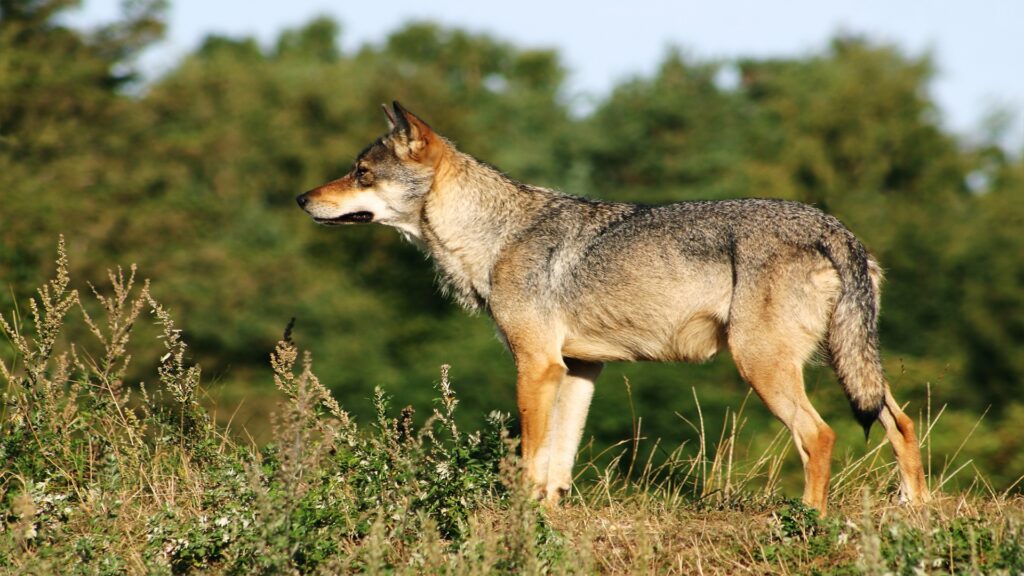
The return of wolves has created substantial economic opportunities for communities surrounding national parks, particularly through wildlife tourism. Studies estimate that wolf-related tourism brings over $35 million annually to the Greater Yellowstone Ecosystem, supporting hundreds of jobs in hospitality, guiding, and retail sectors. Professional wildlife-watching guides have developed thriving businesses specializing in wolf expeditions, charging premium rates for experiences previously impossible in the American West.
Photography workshops focused on capturing images of wild wolves regularly sell out months in advance, attracting participants from around the world. Local art galleries, bookstores, and souvenir shops have flourished with wolf-themed merchandise, demonstrating how conservation can create economic value beyond traditional extractive industries. These economic benefits have helped shift perceptions among some initially skeptical community members, illustrating how ecological restoration can align with rural economic development.
Lessons for Future Conservation Effort
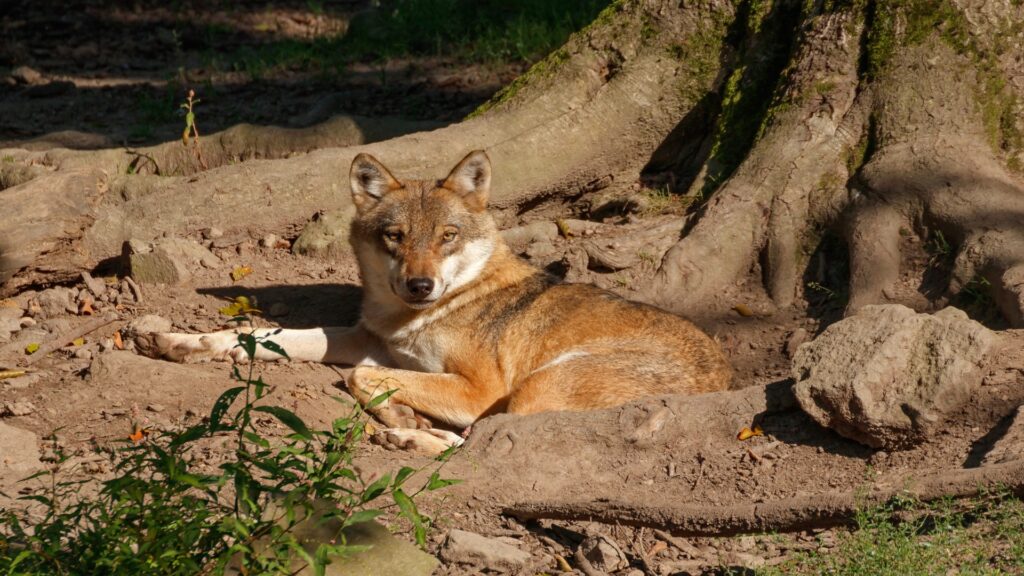
The wolf reintroduction experience offers valuable lessons for other conservation initiatives facing similar challenges. Successful restoration requires sound science but must also navigate complex social and political landscapes with sensitivity to diverse stakeholder perspectives. Compensation programs for livestock losses, while imperfect, demonstrate the importance of addressing economic concerns directly rather than dismissing them. Adaptive management approaches that adjust strategies based on monitoring data have proven more effective than rigid implementation of predetermined plans.
Effective communication about ecological relationships has been crucial in building public support, particularly when benefits may take years to become visible. Perhaps most importantly, wolf recovery demonstrates the value of patience in conservation—ecological relationships unfold over decades, not seasons, requiring long-term commitment. These lessons are increasingly relevant as conservationists worldwide undertake ambitious restoration projects in the face of accelerating biodiversity loss.
The Future of Wolf Conservation in National Parks
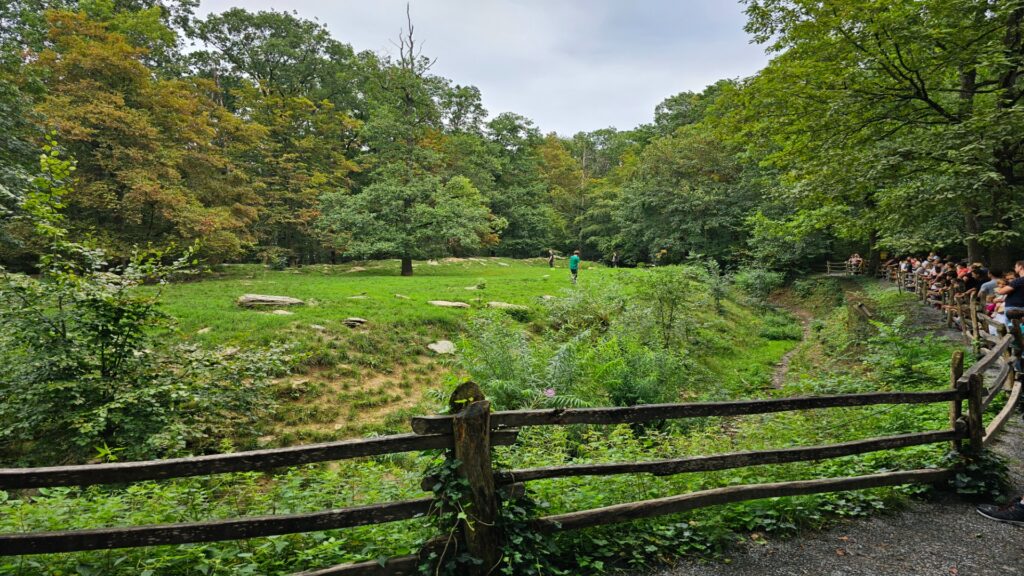
Looking ahead, wolf conservation in national parks faces both promising opportunities and significant challenges. Climate change may alter prey distributions and habitat suitability, requiring adaptive management approaches. Genetic connectivity between wolf populations remains a concern, with isolated populations potentially requiring human intervention to maintain genetic diversity. Increasing visitation to national parks creates both educational opportunities and potential disturbance to sensitive wolf behaviors like denning and pup-rearing. Continued political battles over endangered species protections highlight the need for durable legal frameworks that transcend partisan shifts.
Despite these challenges, the successful return of wolves to national parks demonstrates the remarkable resilience of nature when given the opportunity to recover. As we face unprecedented global biodiversity declines, the wolf’s comeback story offers a powerful example of how intentional restoration efforts can repair damaged ecosystems and recover species once driven to the brink.
Conclusion
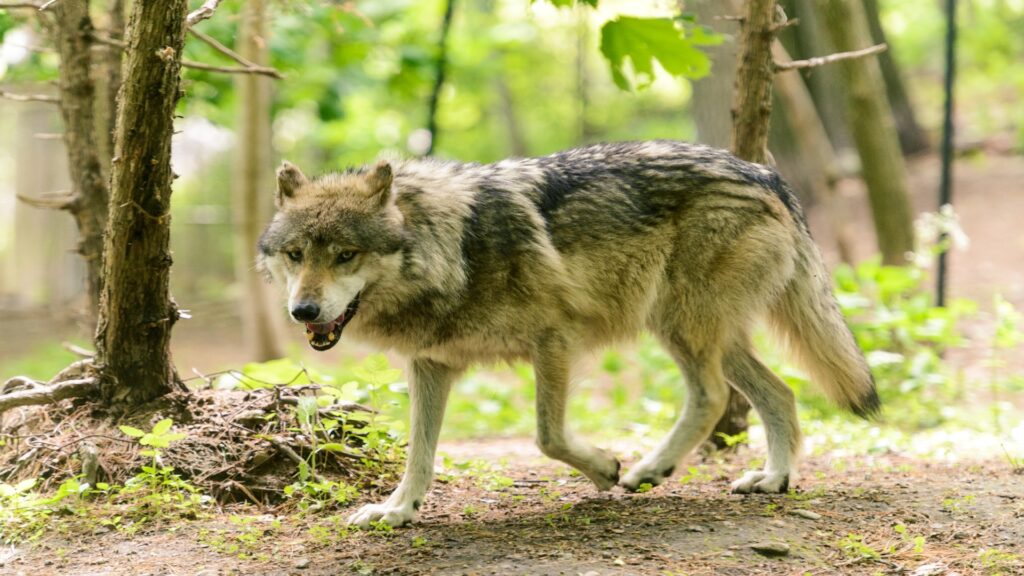
The return of wolves to America’s national parks represents one of the most successful—and instructive—wildlife restoration efforts in conservation history. From their systematic extermination to their triumphant return, wolves have transformed not only the ecological landscapes they inhabit but also our understanding of how ecosystems function. Their story illustrates the profound interconnectedness of species within natural systems and challenges us to reconsider humanity’s relationship with predators and wilderness.
While debates about wolf management continue beyond park boundaries, the undeniable ecological benefits within protected areas demonstrate the value of restoring complete natural processes rather than managing isolated components. As we confront accelerating biodiversity loss globally, the wolf’s return offers both practical lessons about restoration techniques and inspirational evidence that with commitment, knowledge, and public support, we can reverse some of humanity’s most destructive impacts on the natural world.

